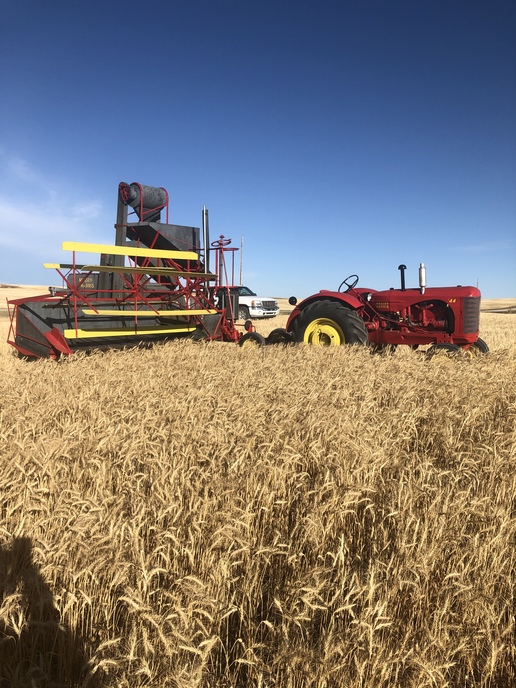Big Red Man
Member
Sir, I lived in Alberta in the 1970's, but had nothing to do with farming at that time. My understanding is that because of the shorter growing season (early frost) farmers with small grains usually cut when green, allow to ripen in the windrow and then combine with a pickup attachment. Is this basically correct? Can you describe more fully how the farming is done there? I'm guessing you're located east of Edmonton. Vegreville area? I lived a few miles west of Elk Island National Park and a couple miles south of the highway, but, as I said, I had nothing to do with farming at that time. kelly


